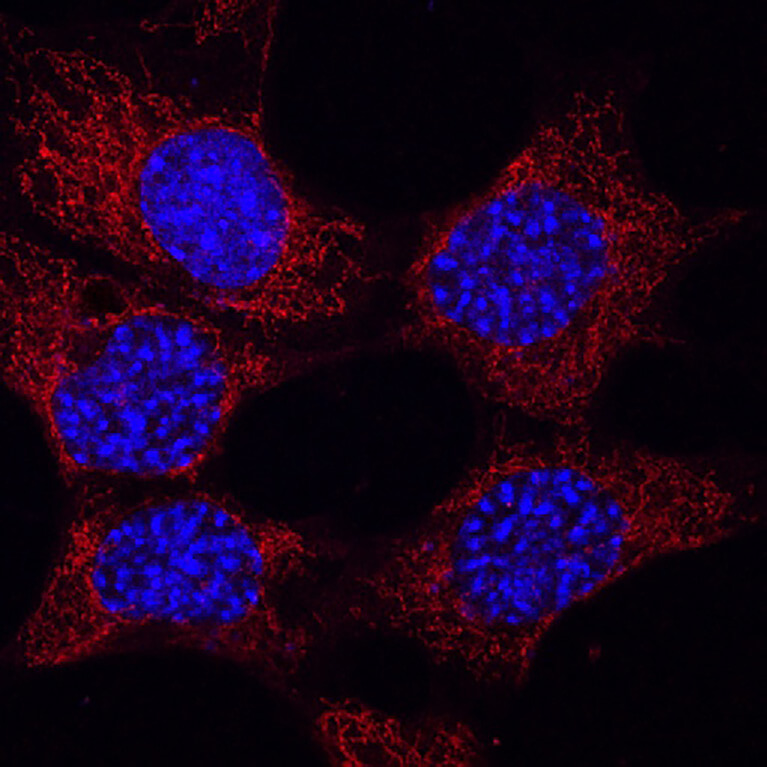LA JOLLA, Calif. — When it comes to cannabinoids — compounds found in the cannabis plant — THC and CBD usually get all the attention. However, CBN (cannabinol), a lesser-known cannabinoid, is showing serious promise as a means of fending off neurodegeneration in the aging brain.
The milder, less psychoactive cannabinoid displayed neuroprotective properties among fruit flies. Moreover, researchers from the Salk Institute have identified cannabinol compounds that may one day serve as promising future therapeutics for conditions including traumatic brain injury, Alzheimer’s, and Parkinson’s disease.
Roughly one in every 10 people over the age of 65 will develop an age-related neurological disorder such as Alzheimer’s or Parkinson’s. Unfortunately, current treatment options remain limited. Could CBN change all that?
In this latest study, researchers first explained how CBN protects the brain and then used their findings to formulate potential therapeutics. More specifically, they created four CBN-inspired compounds showing more neuroprotectivity than the standard CBN molecule. One of those compounds was highly effective in treating traumatic brain injury among a Drosophila fruit fly model.
All in all, the research team believes their work suggests CBN may be helpful in treating various neurological disorders. This study also highlights how future studies focusing on CBN and the brain may inspire the creation of new therapies for clinical use.
“Not only does CBN have neuroprotective properties, but its derivatives have the potential to become novel therapeutics for various neurological disorders,” says Research Professor Pamela Maher, senior author of the study, in a media release. “We were able to pinpoint the active groups in CBN that are doing that neuroprotection, then improve them to create derivative compounds that have greater neuroprotective ability and drug-like efficacy.”
Plenty of neurological disorders involve the death of brain cells called neurons, usually sparked by dysfunctioning power-generating mitochondria. CBN achieves its neuroprotective effect by preventing this mitochondrial dysfunction. Now, how exactly CBN does this and whether scientists can improve upon CBN’s neuroprotective abilities has largely remained a mystery.

The research team at Salk previously found that CBN was modulating multiple features of mitochondrial function to protect neurons against a form of cell death known as oxytosis/ferroptosis. After uncovering this mechanism of CBN’s neuroprotective activity, they started using both academic and industrial drug discovery strategies in pursuit of further characterizing and improving upon that activity.
To start, they broke CBN into small fragments, observing which fragments provided the most effective neuroprotectors. This occurred by chemically analyzing the fragment’s properties. Then, they designed and constructed four novel CBN analogs (chemical look-alikes) that amplified the fragments before moving on to drug screening.
“We were looking for CBN analogs that could get into the brain more efficiently, act more quickly, and produce a stronger neuroprotective effect than CBN itself,” comments Zhibin Liang, first author and postdoctoral researcher in Maher’s lab. “The four CBN analogs we landed on had improved medicinal chemical properties, which was exciting and really important to our goal of using them as therapeutics.”
In order to test the chemical medicinal properties of the four CBN analogs, researchers applied each to mouse and human nerve cell cultures. Upon initiating oxytosis/ferroptosis in three different ways, they discovered that each of the four analogs was capable of protecting the cells from dying, and showed similar neuroprotective abilities in comparison to regular CBN.
Successful analogs were subsequently tested in a Drosophila fruit fly model of traumatic brain injury. One of those analogs, CP1, appeared to be especially effective in treating traumatic brain injury, producing the highest survival rate after disease onset.
“Our findings help demonstrate the therapeutic potential of CBN, as well as the scientific opportunity we have to replicate and refine its drug-like properties,” Prof. Maher adds. “Could we one day give this CBN analog to football players the day before a big game, or to car accident survivors as they arrive in the hospital? We’re excited to see how effective these compounds might be in protecting the brain from further damage.”
Moving forward, researchers hope to continue to screen and characterize these CBN analogs, further refining their chemical designs. They also plan to begin looking more closely at age-related neurodegeneration and changes in brain cells, particularly among mitochondria. They aim to determine how we can better suit these drug-like compounds to promote cellular health and prevent neuronal dysfunction with greater age.
The study is published in the journal Redox Biology.

